We all know that feeling when something doesn’t sit right with us—when you’re asked to do something that just doesn’t make sense, or, worse, something that goes against your gut. Sam Heughan, the dashing Scotsman who brought Jamie Fraser to life in Outlander, found himself in that very situation on the set of the show’s first season. What should have been an emotional and powerful portrayal of trauma turned into a moment of discomfort, and Heughan wasn’t shy about calling it out.
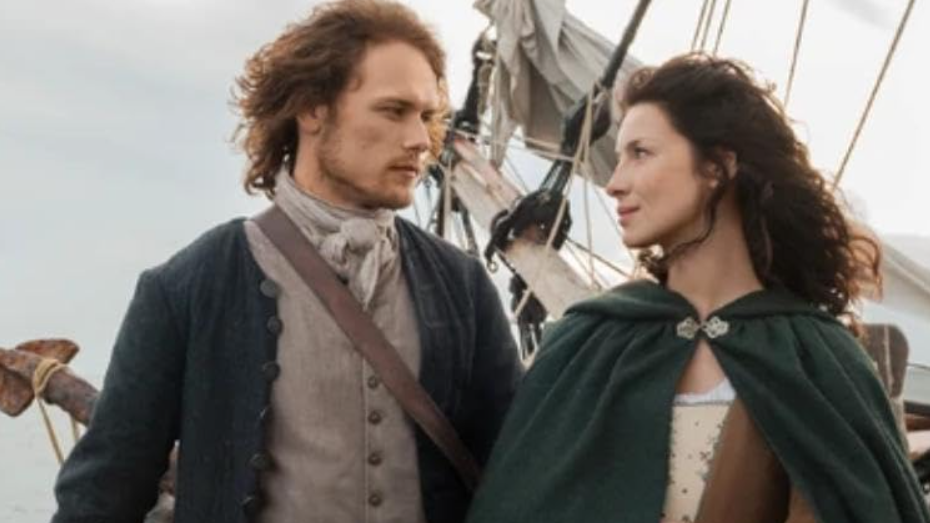 Caitríona Balfe and Sam Heughan in Outlander (2014) | Credit: STARZ
Caitríona Balfe and Sam Heughan in Outlander (2014) | Credit: STARZThere are moments in TV and film that leave you questioning the choices behind the scenes. But what happens when the scene doesn’t align with your sense of dignity, your understanding of the story, or your trust in the creative team? Heughan’s story is not just about his character Jamie—it’s about the uncomfortable yet essential conversations that need to be had when it comes to sensitive content in storytelling.
Sam Heughan opened up about challenging n*de scene in Outlander
In his memoir, Waypoints: My Scottish Journey, Sam Heughan opened up about a significant moment of tension during the filming of Outlander. The scene in question comes at the end of season 1, where Jamie is brutally assaulted by Tobias Menzies’ character, Frank Randall. It’s a harrowing moment, one that highlights the violence Jamie undergoes, but there was one thing that didn’t sit well with Heughan: the unnecessary full-frontal n*dity.
He wrote (via PEOPLE):
This wasn’t a moment where I felt that being n*ked would add to the horror of what Jamie undergoes in that castle dungeon as a form of punishment, subjugation, and humiliation.
To him, the n**ity wasn’t about the horror or trauma—rather, it risked sexualizing an already deeply horrific experience.
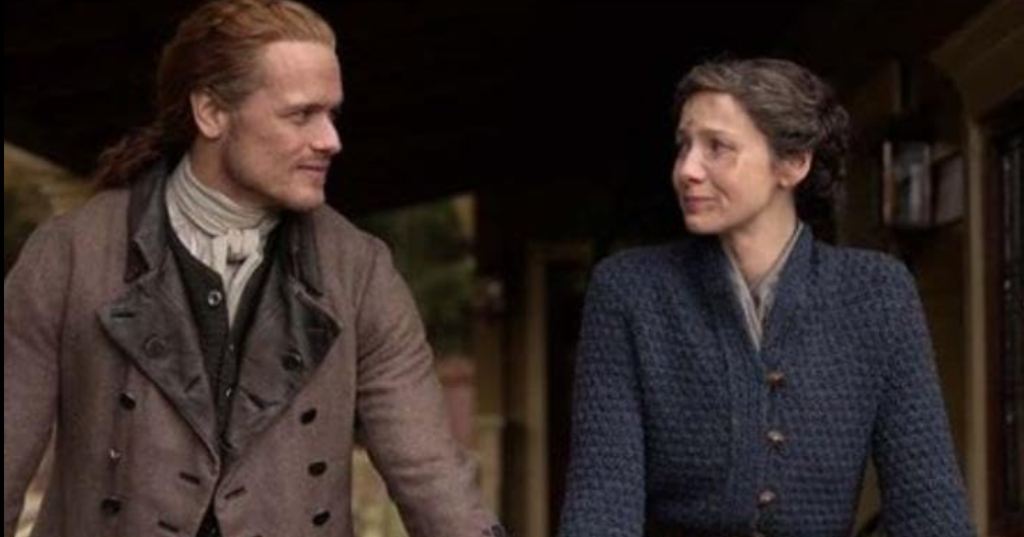 Caitríona Balfe and Sam Heughan in Outlander (2014) | Credit: STARZ
Caitríona Balfe and Sam Heughan in Outlander (2014) | Credit: STARZHeughan didn’t back down. Despite the contractual obligation to appear n*de, he pushed back, saying,
The c–k shot was unnecessary and did betray my trust in the creative team a bit. We don’t need to see the horror to imagine what the characters go through. Imagination is way more powerful.
These aren’t just the words of an actor looking to avoid discomfort. They’re the words of someone with a deep respect for the story and the message the scene was trying to convey. Why tarnish that with something that could detract from the gravity of the situation?
Sam Heughan on the power of creative debate
It wasn’t just a case of Sam Heughan standing his ground. The issue sparked a heated debate—a dialogue that any creative team should welcome. The actor added (in the same memoir):
Creative conversations are a feature of all productions, good art is made by questioning the truth and we all want to get it right.
This is where the magic of collaboration comes into play. Art is not just about following the script or sticking to a formula—it’s about challenging assumptions and being open to evolving ideas. What Heughan did wasn’t a rejection of the project but a plea for it to remain true to its essence.
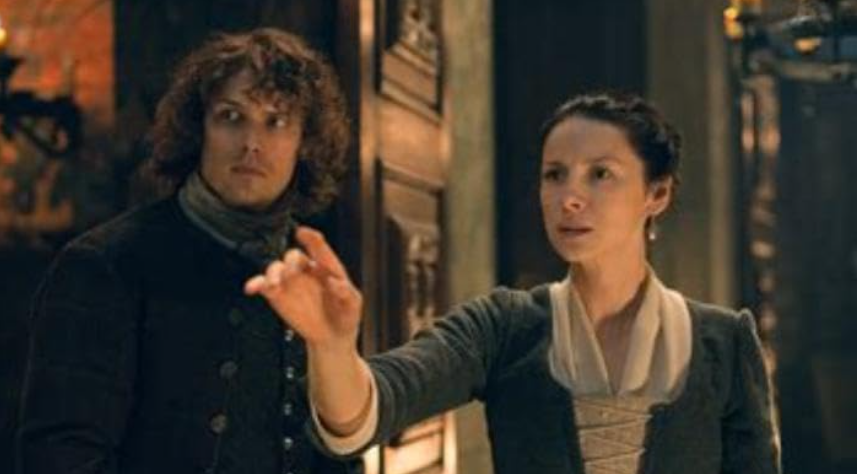 Caitríona Balfe and Sam Heughan in Outlander (2014) | Credit: STARZ
Caitríona Balfe and Sam Heughan in Outlander (2014) | Credit: STARZIn the end, the creative team reached a compromise. They agreed to show Jamie’s n*de body in the aftermath of the assault, leaving the more explicit shots “on the cutting room floor”.
He mentioned that the situation would have been handled differently today, and this is where we see the shift in the industry’s approach to sensitive content. Heughan’s own growth on the set reflects the changes within the entertainment world.
By 2019, after becoming a producer on Outlander alongside co-star Caitriona Balfe, he took steps to ensure the protection of actors in intimate scenes. The introduction of intimacy coordinators became a pivotal move, one that prioritizes the comfort and agency of the actors, while also respecting the artistic needs of the narrative.
It’s important that everyone is protected, but also we find a way to explore these scenes and actually maybe get something more out of them.
As for Outlander’s creators and the network, Starz, there’s been no immediate response to Heughan’s reflections on this particular incident. However, what’s undeniable is that his openness about the situation has sparked a broader conversation about how the entertainment industry approaches sensitive topics like s*xual violence and the portrayal of n*dity. In many ways, Heughan has shown what it takes to push for a safer, more thoughtful environment in the making of art.
Outlander is currently streaming on Starz Apple TV Channel.
.png)
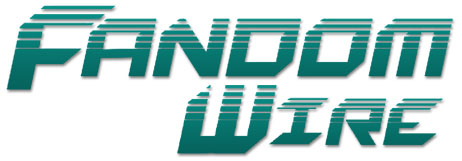 1 day ago
14
1 day ago
14
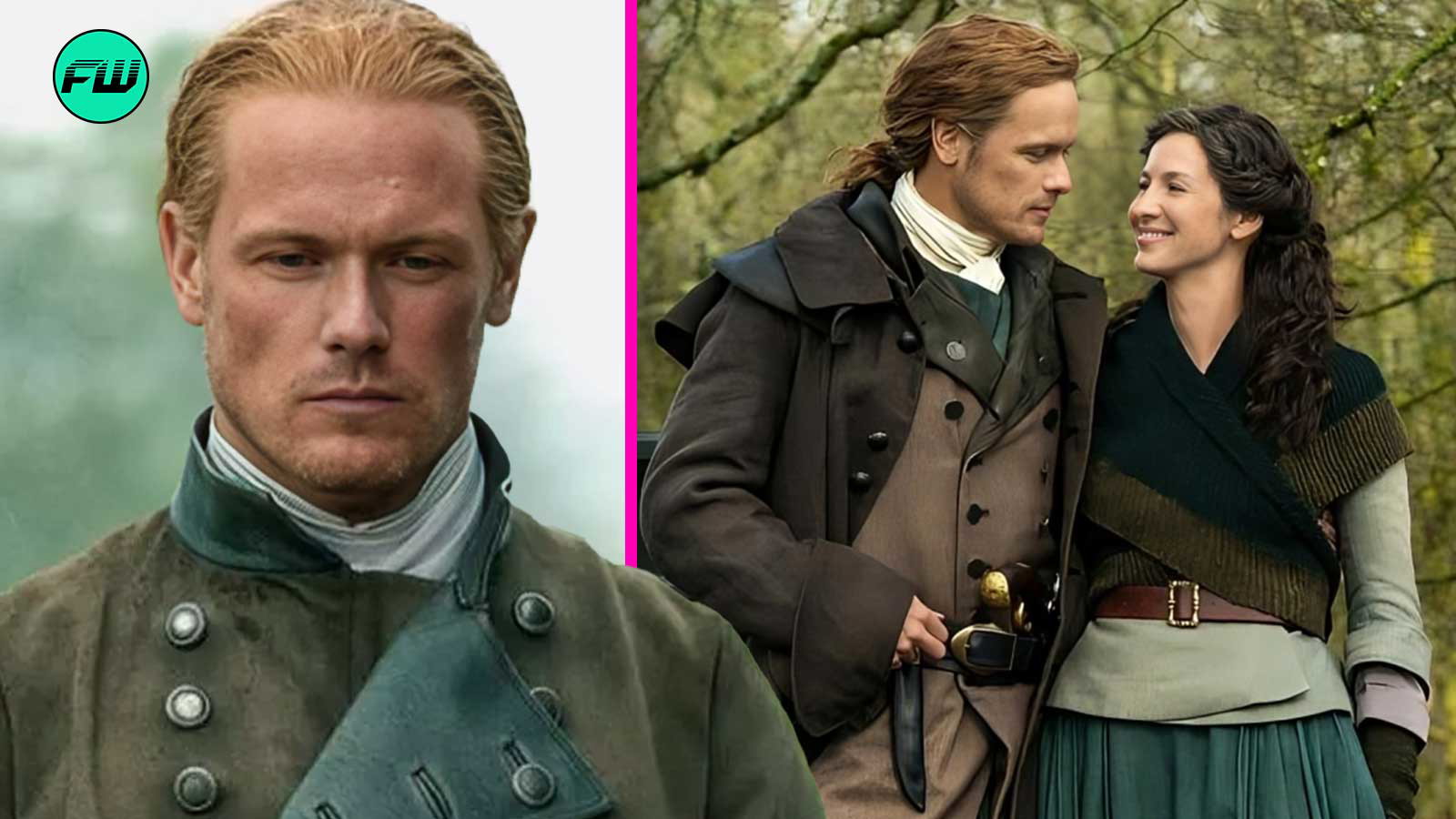


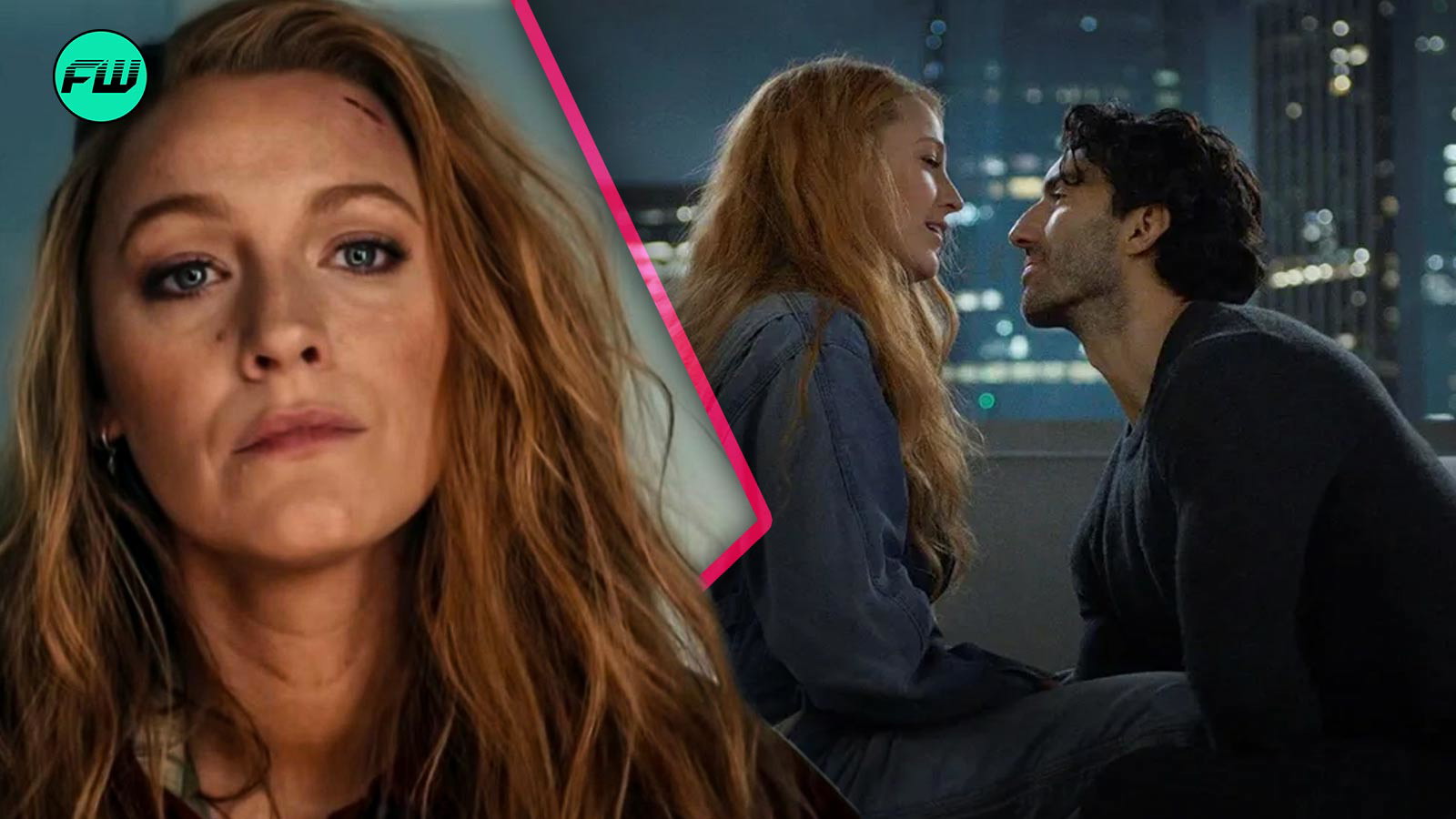
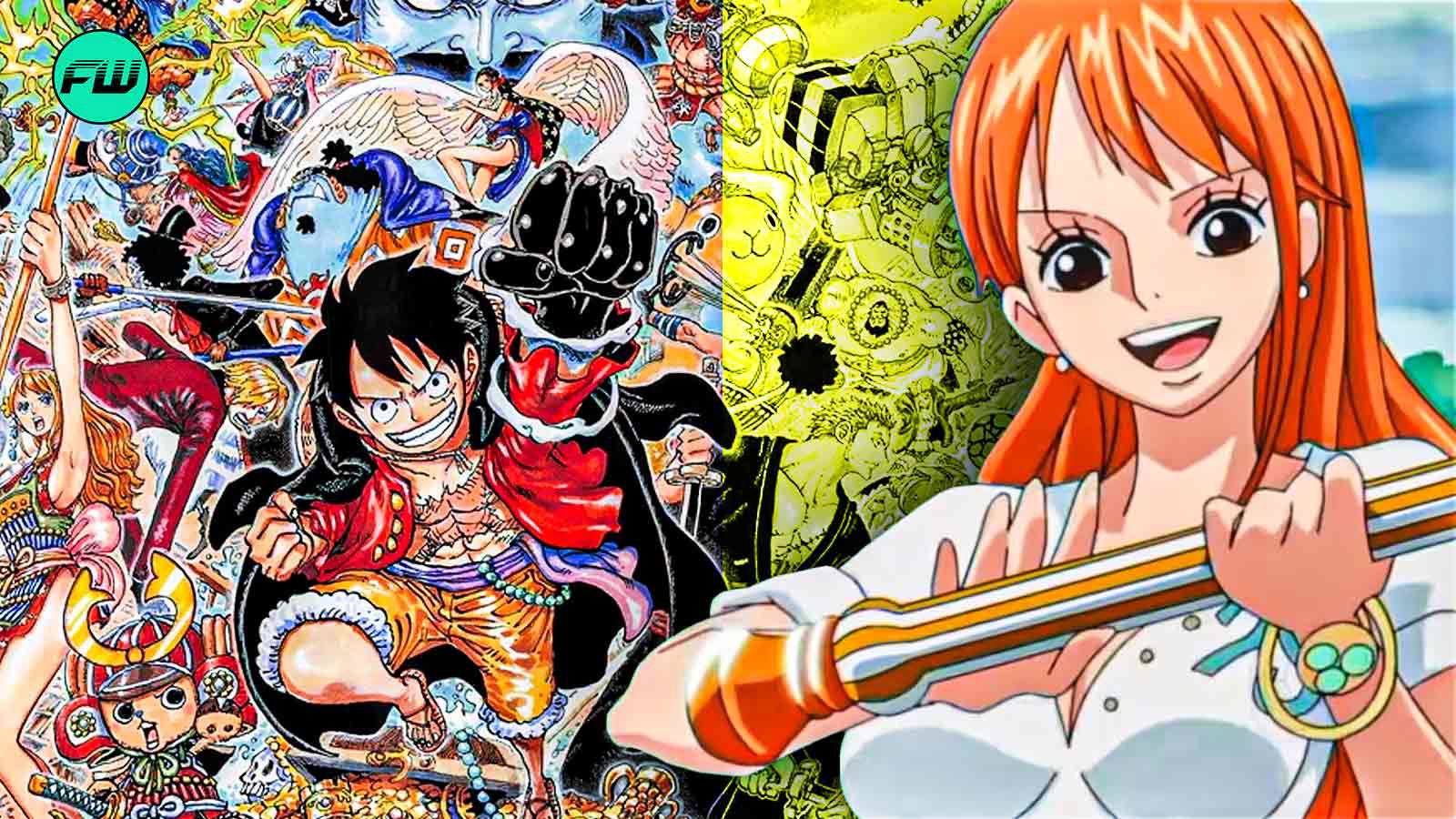
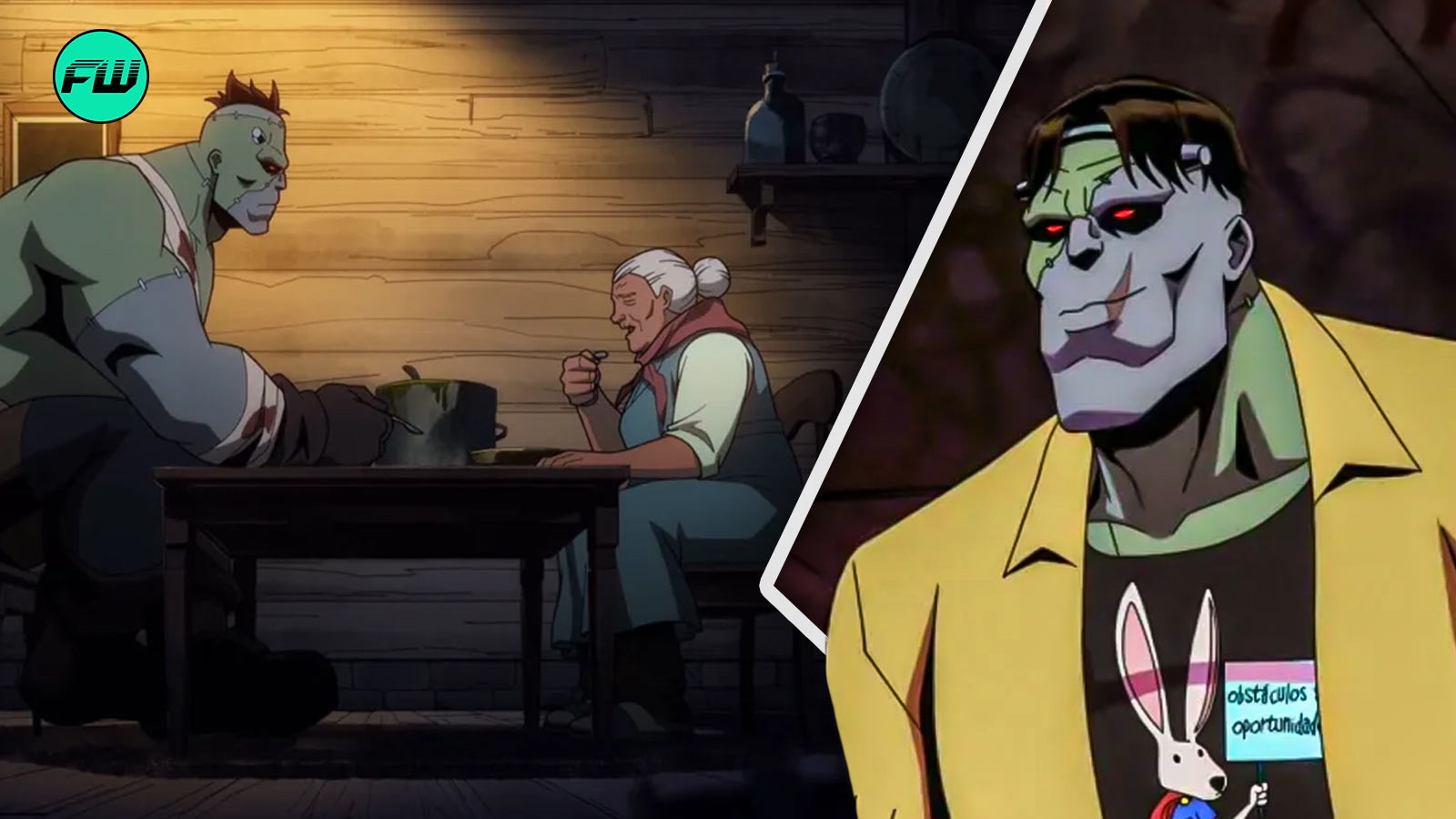
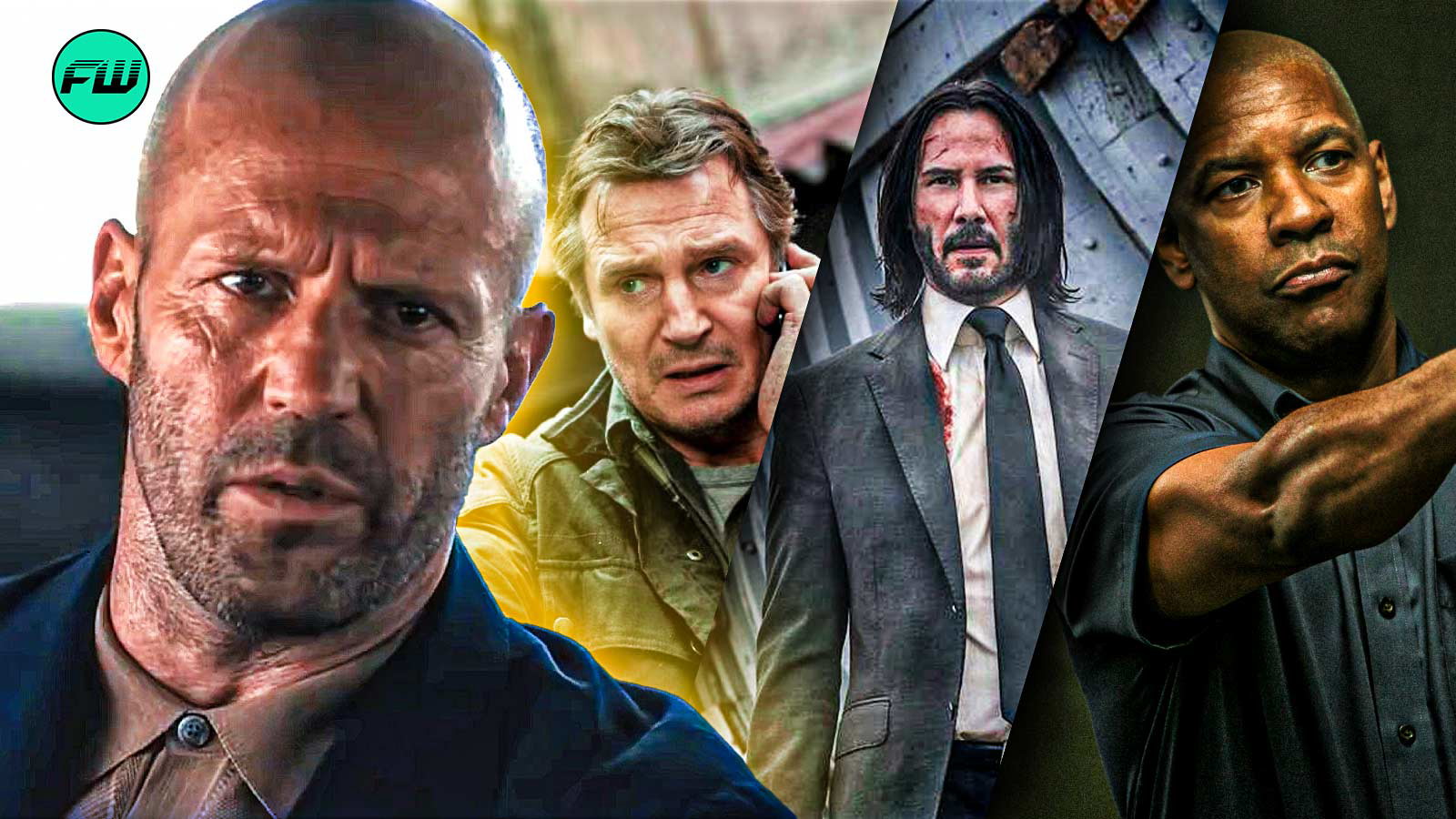
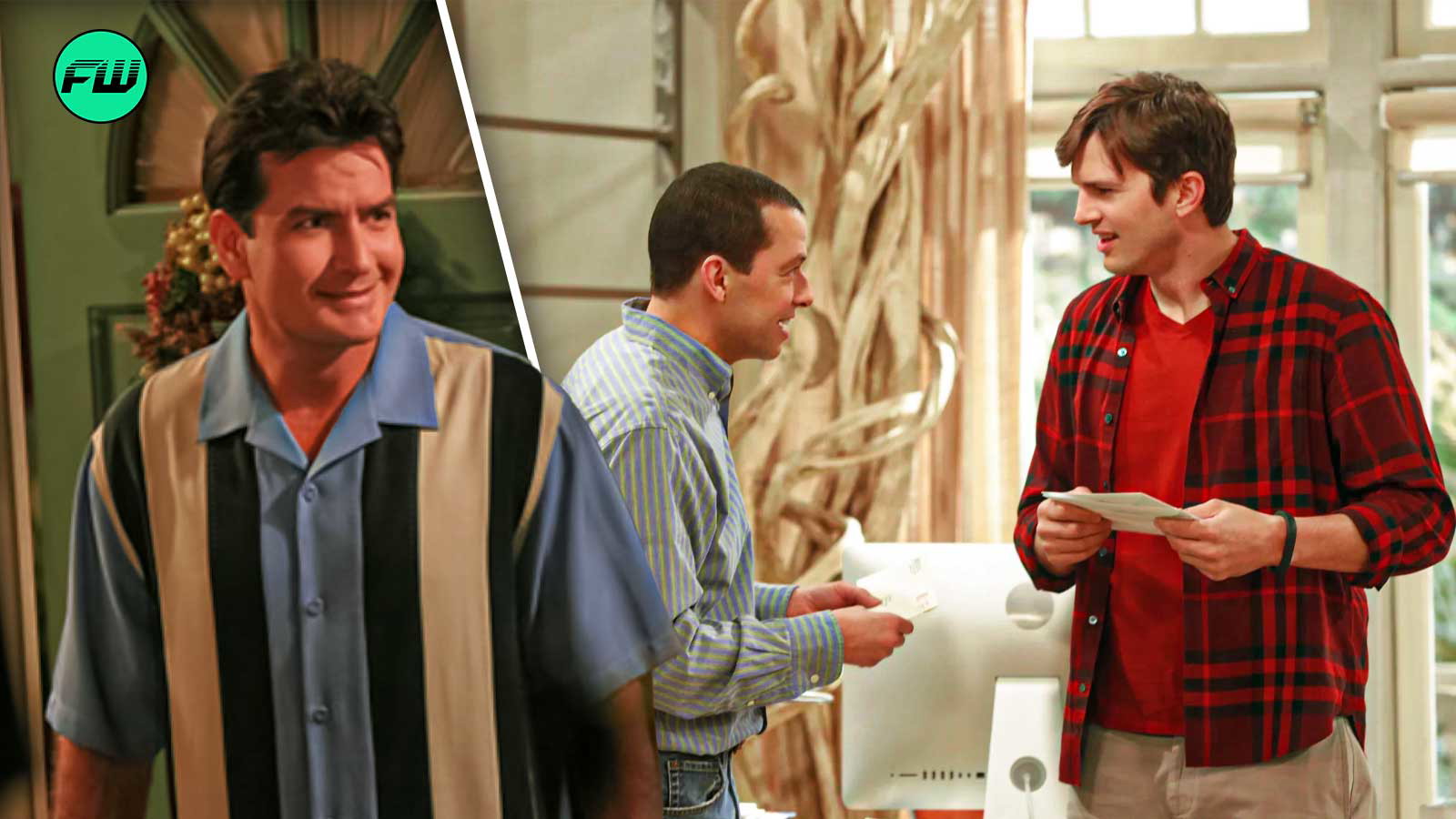
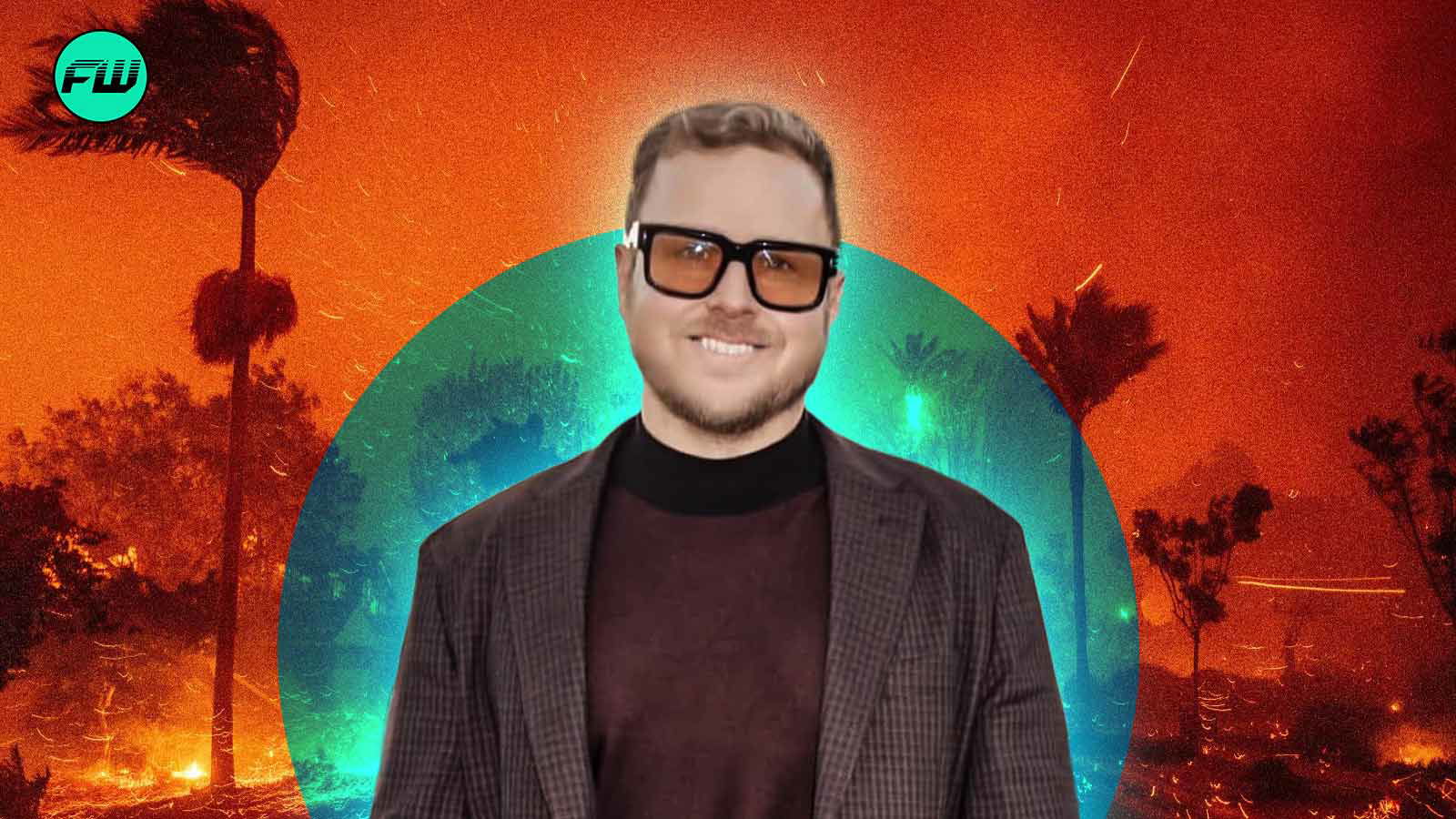
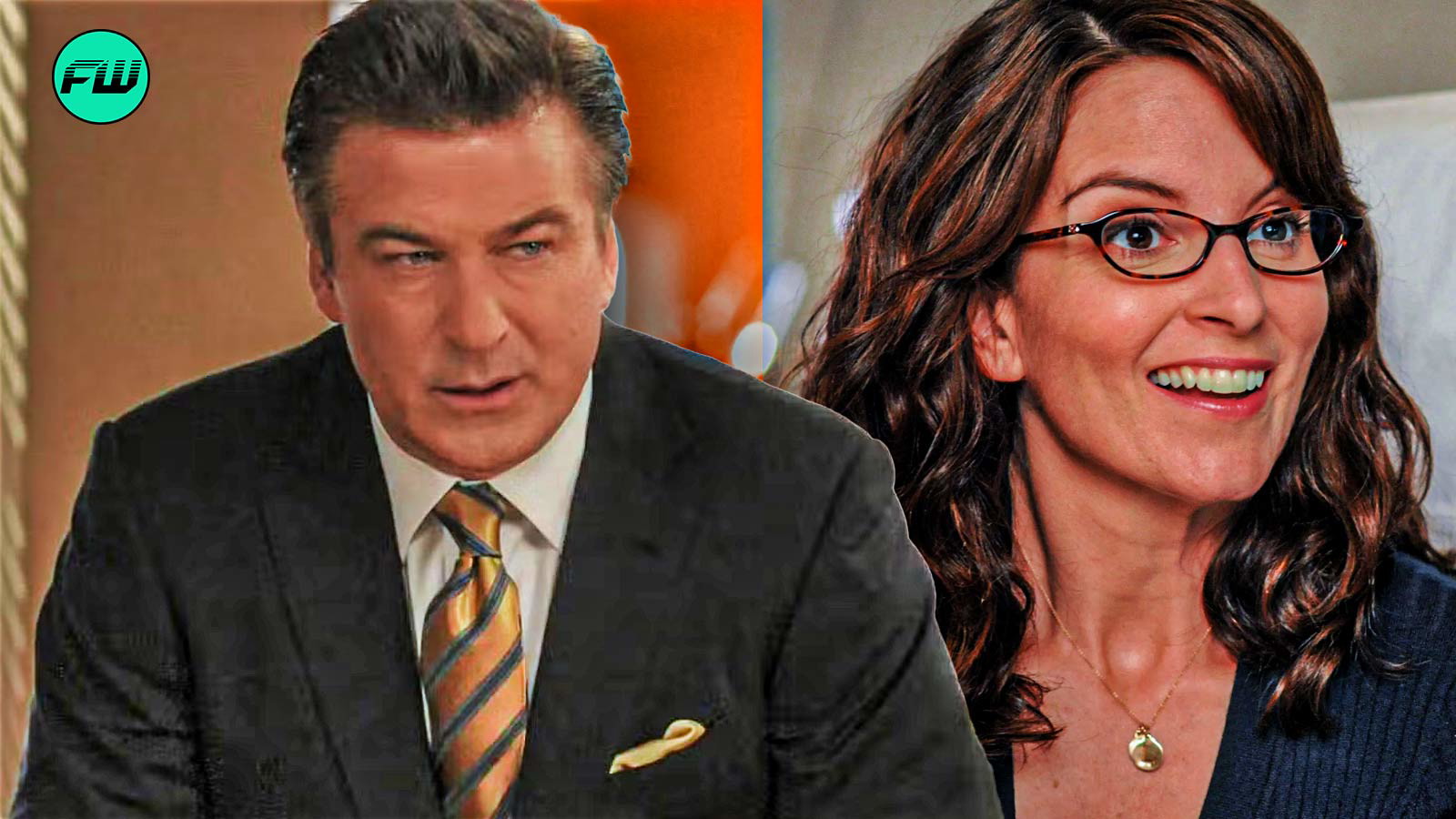
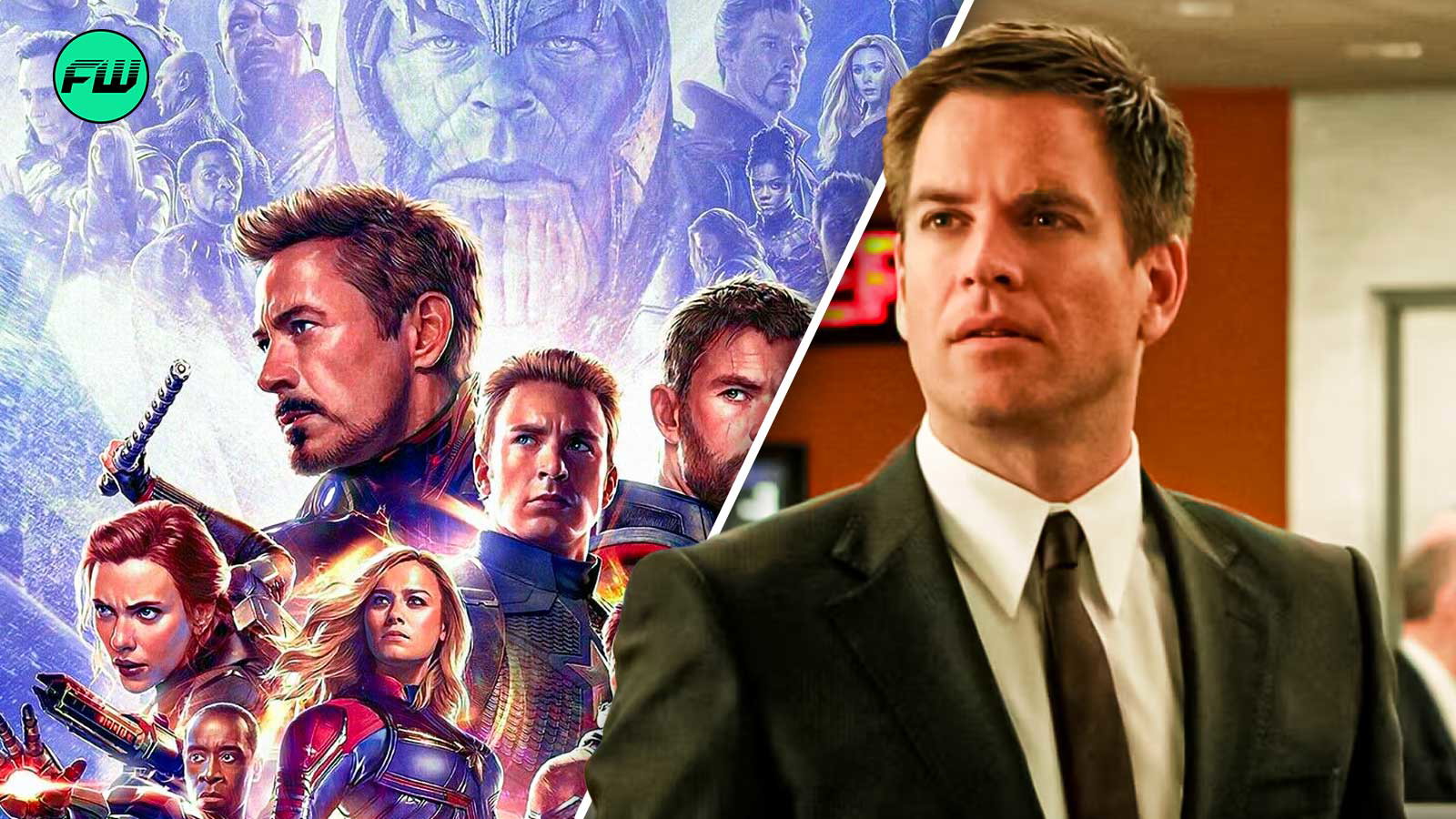
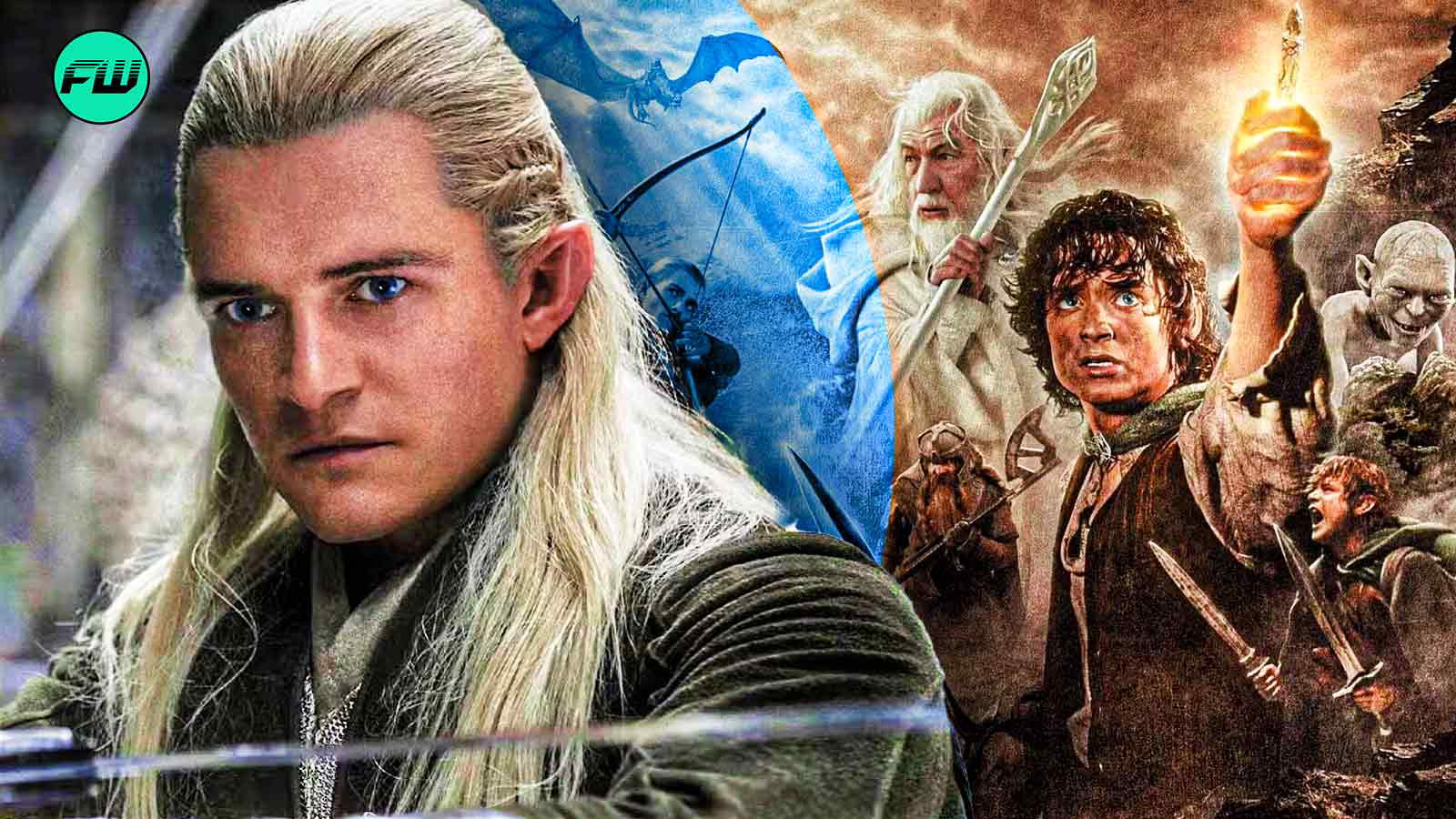
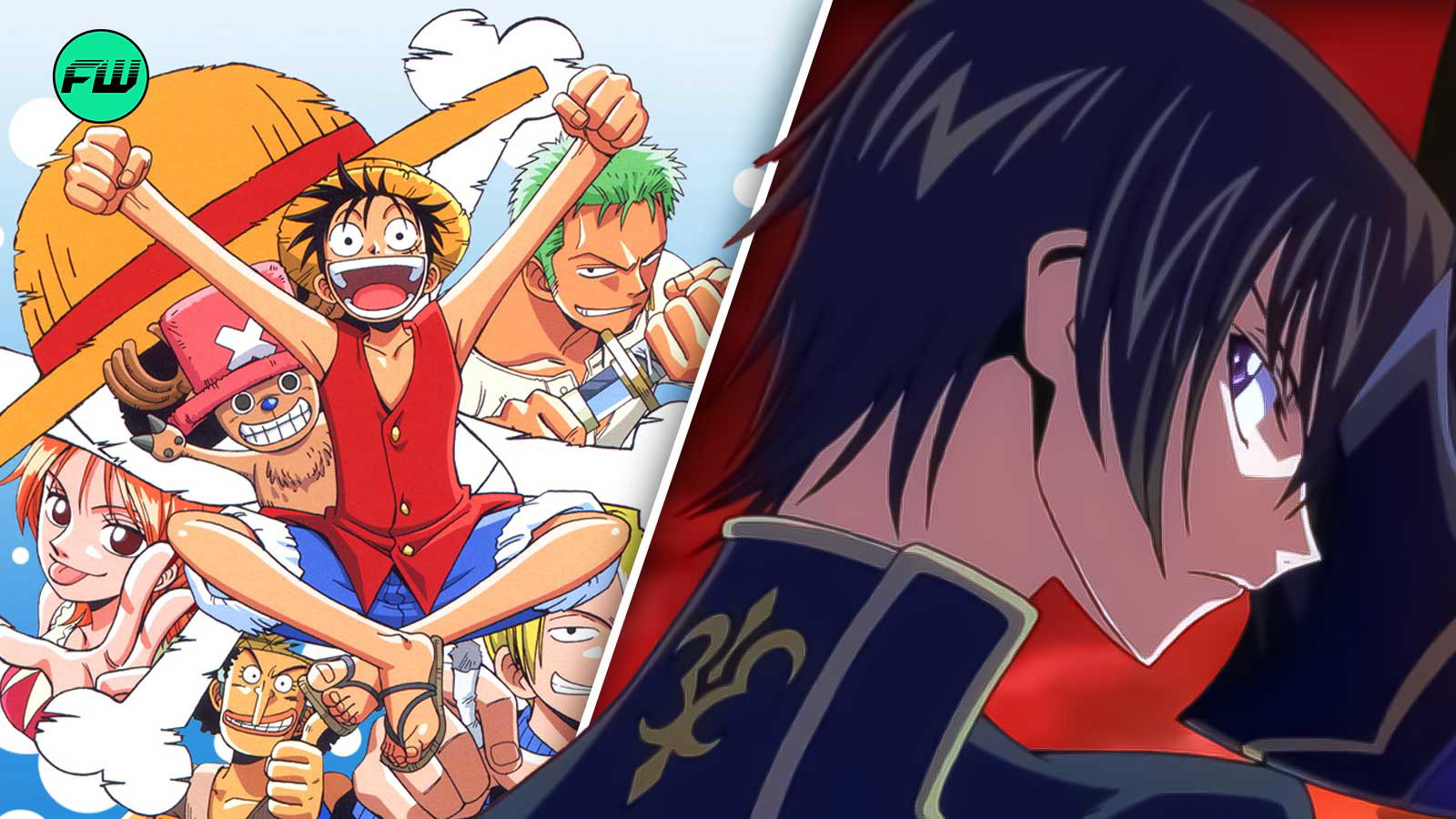
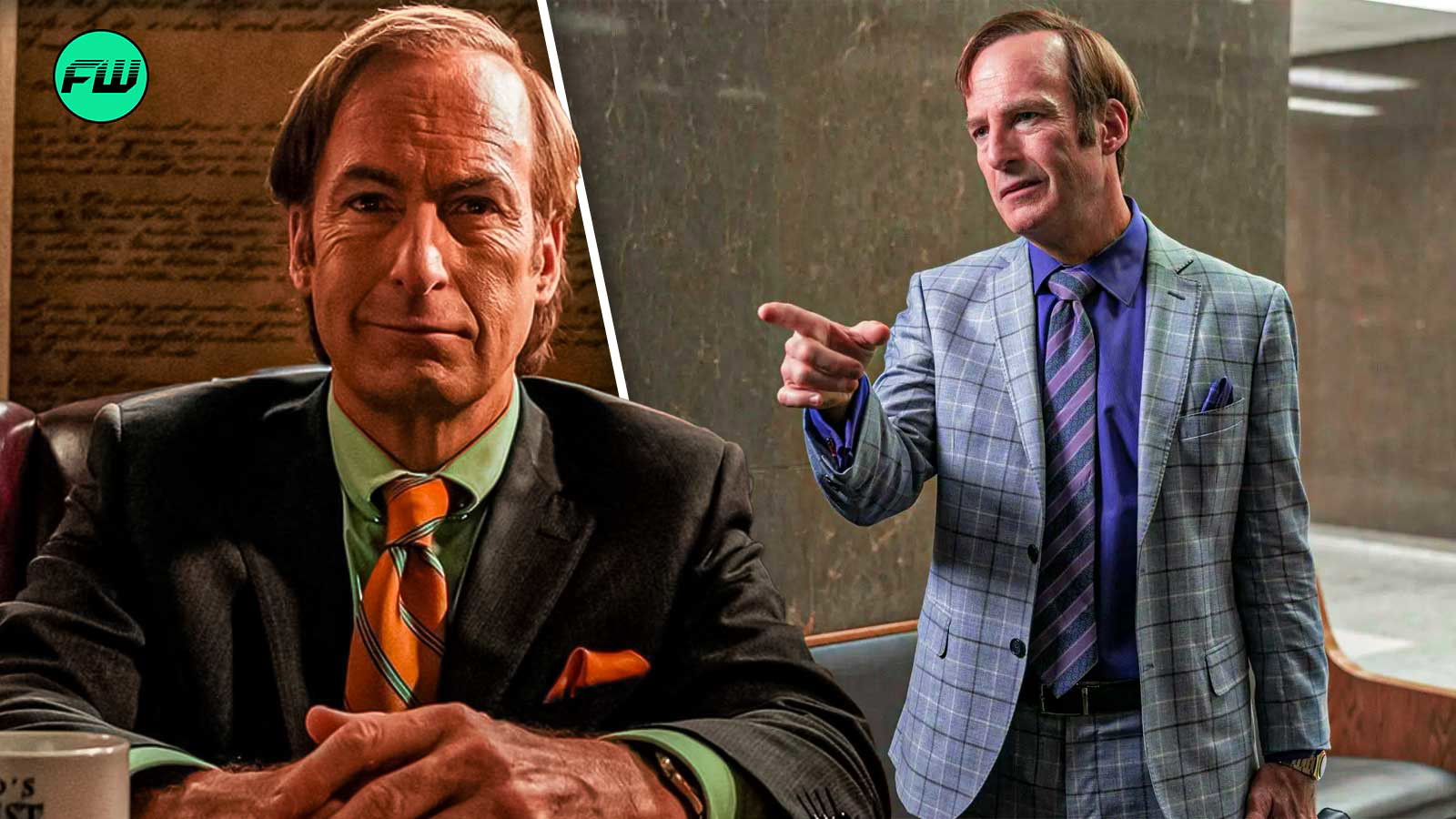






















 Bengali (BD) ·
Bengali (BD) ·  English (US) ·
English (US) ·